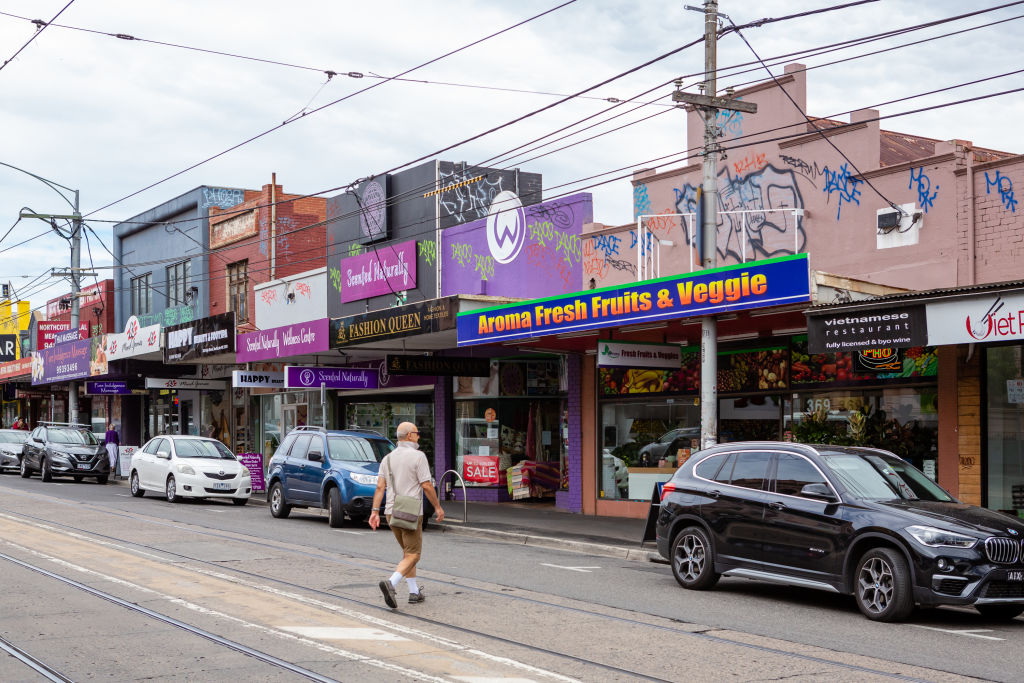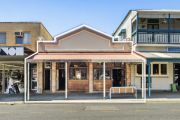
The most in-demand spaces in the retail sector
As the era of lockdowns and mandates come to an end, will our reignited affinity for the local shops fade away?
All the signs seem to suggest not, with investors still keen to snap up suburban neighbourhood retail in the current pandemic commercial landscape.
While the last two years rattled the broader retail sector, the shift to flexible working and working from home was positive for certain retailers and suburban shopping centres, said Stuart Taylor, JLL director of retail investments in Melbourne.
“People are spending more time at home and have become reacquainted with their local shopping precincts,” he said. “Changes in consumer habits have benefited some retailers – beyond just the sugar hit to essential service retailers, we are seeing continued heightened performance of many suburban retail precincts.”
“Large format multi-tenanted retail outlets have increased in popularity due to consumers’ preference for easily accessible one stop shop outlets.” Michael Collins, Stonebridge
Suburban retail offerings are now in high demand among savvy investors, said Anthony Khoury, managing director of Khoury & Partners.
“Retail properties with redevelopment potential, passive income, multiple tenants in good suburban locations are very popular at the moment.”
Mr Khoury said much of the wider retail landscape remained in recovery mode, and supported calls for big business and governments to hasten the return of city workers to the office.
“Empty office towers in CBDs are the main thing that is hurting our economy from a retail perspective,” Mr Khoury said.
In Canberra, Sentia Real Estate director Chris Antos said he was witnessing “huge demand” for retail spaces under 100 square metres.
“At this size, the fitout costs are much lower for potential tenants, and investors are keen to get their hands on this sort of stock because they tend to rent easily and can generate a higher rate per square metre.”
Mr Antos noted that enquiry was coming from service retail such as hair salons, beauty and massage – “things people can’t get online” – as well as cafes and restaurants.
“We are finding investors are pretty comfortable purchasing properties that will generate a net ROI of around 6 per cent, with many willing to go lower for a great covenant.”
Despite the challenges of rising household costs and inflation, investor confidence remains high.
Over 2021, a record $12.8 billion worth of retail assets transacted across all categories of the retail sector.
According to Colliers’ latest retail snapshot, the first quarter of 2022 has kicked off strongly, with $1.75 billion in transactions. Almost $850 million of those deals were in Queensland, where interstate migration continues to bolster the commercial property market.
Colliers’ head of retail Michael Bate said operating conditions were normalising across the country for the entire retail sector, helping to bolster investor confidence.
“As international students and visitors continue to return throughout the year, we expect the supply of retail workers to improve and relieve pressure on retailers’ staffing numbers,” Mr Bate said.
Throughout the pandemic, the vast majority of investors were looking for retail that proved to have a defensive income profile, Mr Taylor said. “That was assets leased to essential services and non-discretionary retailers that were able to trade throughout lockdowns.”
The insatiable demand for “pandemic-proof” assets was highlighted in the sheer number of transactions in Victoria last year, where 18 neighbourhood shopping centres changed hands.
According to JLL, the average over the last decade was just six or seven per year.
“A lot of capital continues to be focused in this area, however demand continues to outpace supply,” Mr Taylor said, adding that investors were looking up the price and risk curve to secure assets.
“Record high transaction volumes of retail assets in 2021 surprised the market, with new entrant capital sources driving much of the renewed liquidity.”
Despite this, Mr Taylor said, investors remained relatively cautious when evaluating real estate opportunities.
“They are mindful that there are potential global events or macro pressures that could have a shock on the local economy, so there continues to be a focus on assets which have proven high levels of rental collection over the last two years,” he said.
The results of portfolio auctions across the major capital cities illustrate investor preference for assets that are considered to be “safe”. At Burgess Rawson’s latest auction, interest was heavily weighted toward essential services like fast food and service stations.
Where institutional investors park their money is another key indicator of market trends in the retail landscape.
The sale of Bunnings-leased assets shows how capital has been driving prices over the last two years, Mr Taylor said.
“The demand is enormous for that sub-sector,” he said. “It’s typically been private investors that have dominated that space, but it’s quickly become more dominated by institutional investors. Yields have compressed significantly.”
JLL sold a Bunnings in regional Victoria in late 2021 on a yield of 4.15 per cent. This year, a Bunnings in Nowra sold for a yield of just 4 per cent – “the new national record”, Mr Taylor said.
Investor appetite for hotels and hospitality venues has remained strong despite the difficult operating circumstances of recent years. Pubs in regional and metropolitan areas continue to sell for record prices after close to $4 billion worth of hotels transacted last year.










